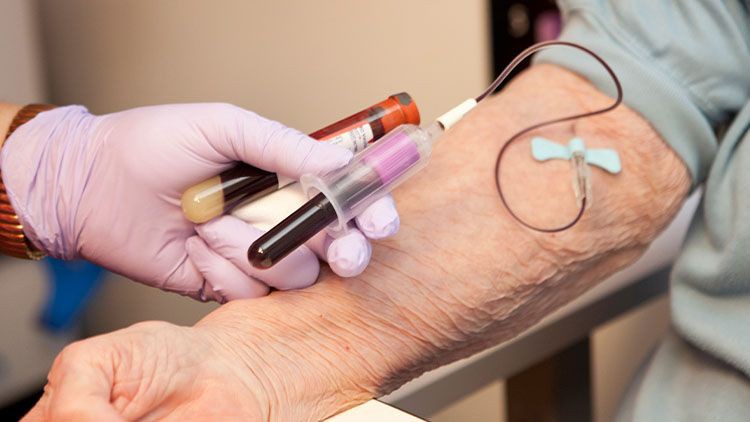
Phlebotomy
What you will learn
Master the fundamentals of phlebotomy at your own pace
Understanding of the history of phlebotomy and the skills required to specialise in this field
Understanding of the components of blood
How to handle challenges of complications on a daily basis
Learning to examine venepuncture equipment
Description
Start your phlebotomy career with us and become a fully trained phlebotomist through this course. Phlebotomists play a vital role in maintaining patient’s health, and promoting lab efficiency and effectiveness. The Introduction to Phlebotomy course will provide you a comprehensive insight of what a qualified phlebotomist does. You’ll learn the medical terms you’ll need to know to collect and prepare blood for lab testing.
This course will also cover venepuncture and its potential problems, along with needle insertion techniques, needle disposal, and contamination prevention. You’ll study what makes a good blood test, as well as how to document and present your findings before, during, and after the exam. Since blood and specimen collection are an important part of healthcare, you’ll learn how to analyse these specimens in a lab.
This course will teach you:
- The history of phlebotomy and the skills required to specialise in this field
- The characteristics and traits to enter this field
- The components of blood
- How to meet the challenges of complications on a daily basis
- How to examine venepuncture equipment
The course will assist your future job possibilities. There are other options for advancement, including supervisory or management jobs. You can also become a registered phlebotomy specialist or a collection phlebotomy specialist by taking a phlebotomy specialist certification course and work as a certified phlebotomist at clinical laboratories, community health centres, hospitals, doctor’s’ offices, nursing homes, and other healthcare facilities.
Content